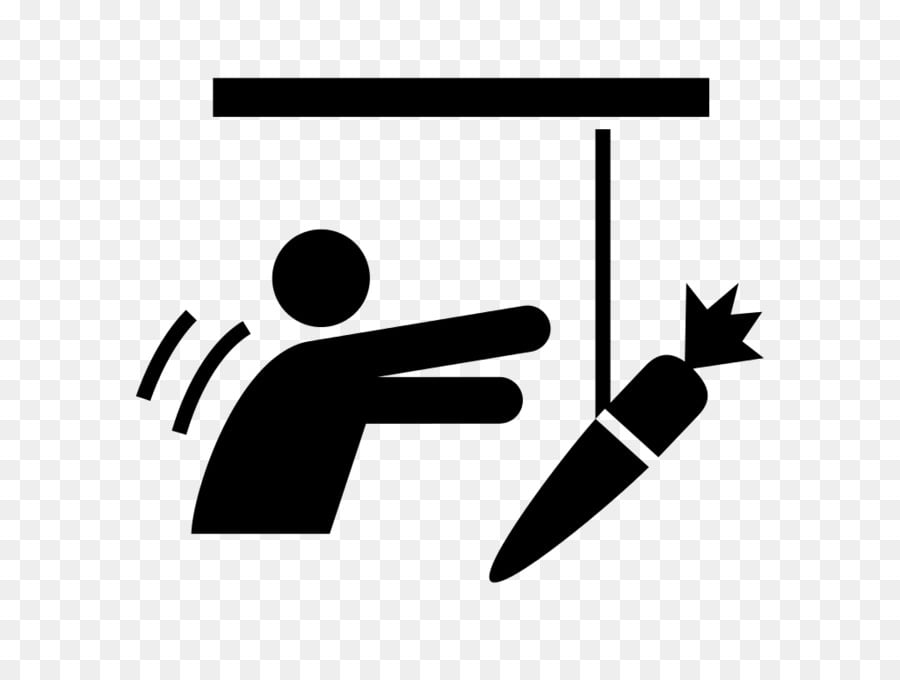Mastering Workplace Decision-Making and Conflict Resolution: A Strategic Approach
Effective decision-making and conflict resolution are fundamental to organizational success, directly impacting productivity, employee morale, and overall profitability. This article examines key strategies for navigating these critical aspects of the professional environment, fostering a collaborative and high-performing workplace. We will explore these strategies through the lens of several established management theories and models, such as the Rational Decision-Making Model, the Tuckman's Stages of Group Development, and the Thomas-Kilmann Conflict Mode Instrument.
Optimizing Decision-Making Processes: A Rational Approach
Effective decision-making transcends intuition; it necessitates a systematic and rational process. The Rational Decision-Making Model emphasizes identifying the problem, gathering comprehensive information, generating alternative solutions, evaluating options against predetermined criteria (e.g., cost-benefit analysis), selecting the optimal solution, implementing the decision, and monitoring its effectiveness. This structured approach minimizes biases and enhances the likelihood of achieving desired outcomes. Utilizing decision matrices or multi-criteria decision analysis (MCDA) can further refine this process by systematically weighing various factors and their relative importance.
Navigating Workplace Conflicts: Transforming Challenges into Opportunities
Disagreements are inherent in diverse work environments. Differences in perspectives, work styles, and personalities inevitably lead to friction. However, constructively managed, these conflicts can stimulate innovation and enhance team cohesion. Understanding Tuckman's Stages of Group Development (forming, storming, norming, performing, adjourning) provides a framework for recognizing the natural progression of team dynamics and addressing conflicts that arise during the "storming" phase. Proactive conflict management strategies and open communication channels are crucial for mitigating negative impacts and harnessing the potential for positive growth.
Cultivating a Culture of Open Communication and Shared Vision
Transparency and open communication are cornerstones of a high-trust work environment. Employees must feel empowered to express ideas, concerns, and dissenting opinions without fear of retribution. This fosters early identification and resolution of conflicts, preventing escalation. Establishing clear, shared goals and objectives, aligned with organizational strategy, clarifies roles and responsibilities, minimizing ambiguity and the potential for misunderstandings. Effective communication strategies, such as active listening and feedback mechanisms, are critical for building a collaborative culture.
Strategic Conflict Resolution Techniques: A Multifaceted Approach
Prompt intervention is vital when conflicts arise. Ignoring issues allows them to fester, eroding morale and productivity. Active listening, a cornerstone of effective communication, ensures all perspectives are heard before formulating a solution. Empathy and understanding are critical for enabling parties to see situations from different vantage points, fostering compromise. Formal conflict resolution techniques, such as mediation and negotiation, can provide structured approaches, guided by principles of fairness and mutual gain. The Thomas-Kilmann Conflict Mode Instrument can help individuals understand their preferred conflict-handling style and adopt more effective strategies.
Constructive Feedback Mechanisms and Continuous Improvement
Constructive criticism, focused on the issue rather than the individual, promotes a positive work environment. Positive reinforcement and feedback mechanisms encourage continuous improvement. Regularly reviewing and refining decision-making and conflict resolution processes is essential for organizational learning. Analyzing past experiences—both successes and failures—allows for adaptation and refinement of strategies, resulting in more efficient and effective systems. This iterative process is aligned with principles of continuous quality improvement (CQI).
Fostering Accountability and Ownership
Empowering employees to take ownership of their decisions fosters accountability and reduces blame-shifting. This promotes a culture of responsibility and collaboration, enhancing overall effectiveness. Clear lines of authority and responsibility, coupled with effective performance management systems, are crucial for establishing individual accountability.
Conclusion: Building a High-Performing Organization through Effective Conflict Management
Mastering workplace decision-making and conflict resolution is an ongoing process requiring commitment, patience, and a dedication to fostering a collaborative environment. By embracing challenges as learning opportunities, organizations can create a culture of mutual respect, innovation, and high performance, leading to increased productivity and sustained success. Future research could focus on the development of culturally sensitive conflict resolution models and the impact of technological advancements on decision-making and communication in the workplace.
Reader Pool: How might organizational culture and leadership styles influence the effectiveness of decision-making and conflict resolution strategies within a company?






No comments yet. Be the first to share your thoughts!